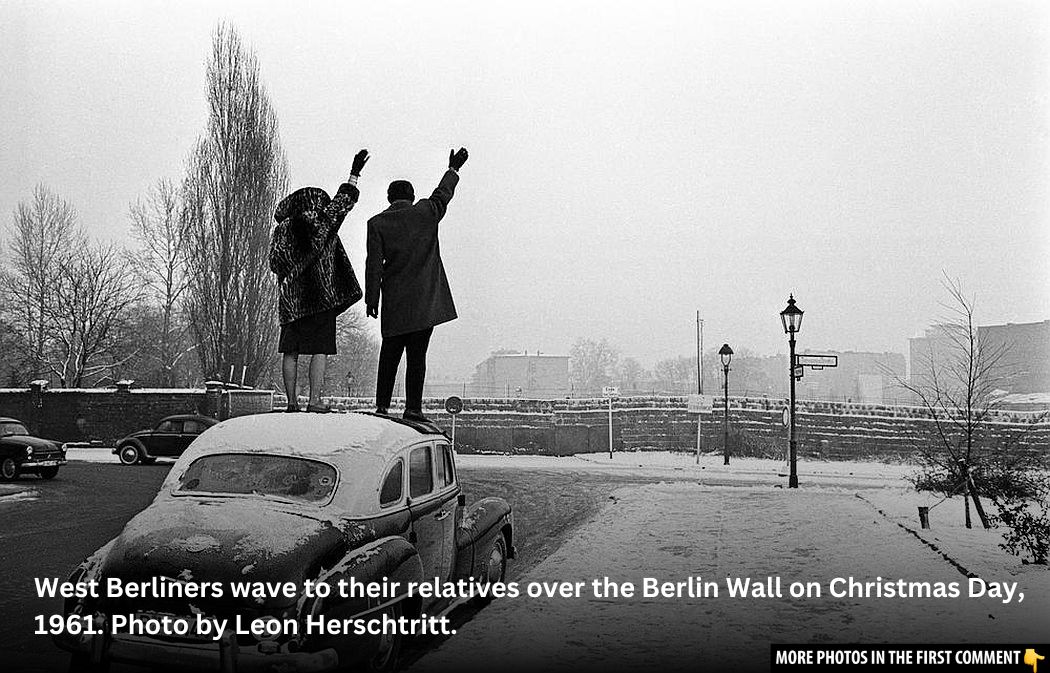The Berlin Wall, erected on August 13, 1961, stands as one of the most defining symbols of the Cold War, separating East and West Berlin for nearly three decades. The story of its rise and fall is filled with political turmoil, human suffering, and moments of profound change that reshaped the history of Germany and the world. This article explores the history of the Berlin Wall, its impact on both East and West Berliners, and the eventual reunification of Germany.
The Beginnings of the Berlin Wall (1961)
In the early hours of August 13, 1961, the Berlin Wall was erected by the East German government, under the influence of the Soviet Union, to stop the mass exodus of East Germans fleeing to the West. This physical barrier separated East Berlin, controlled by the communist regime, from West Berlin, a free enclave surrounded by the German Democratic Republic (GDR). The Berlin Wall quickly became a tangible representation of the ideological and political division between the communist East and capitalist West.
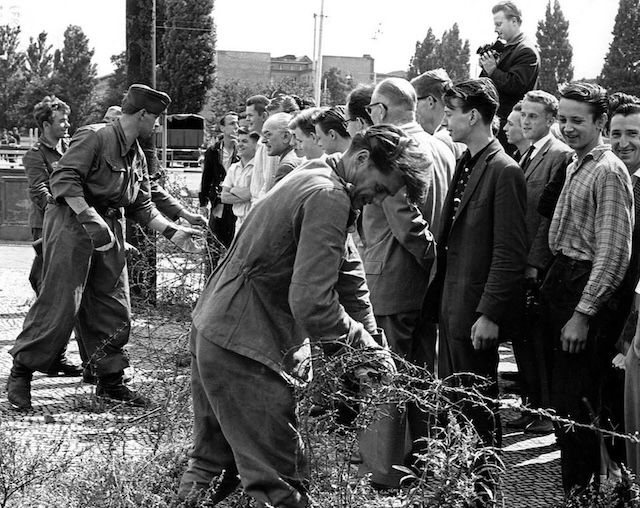
Video
Watch this video to learn about the rise and fall of the Berlin Wall, explained by Konrad H. Jarausch!
The Pre-Wall Era: A Divided Germany
The seeds of division were sown after the end of World War II when the Allied powers divided Germany into four zones of occupation, each controlled by the United States, Great Britain, France, and the Soviet Union. Berlin, the capital, was similarly divided into sectors, despite being located entirely within the Soviet-controlled zone. As the tensions between the Soviet Union and the Western Allies grew, Germany’s political landscape became polarized, setting the stage for the eventual split between East and West.
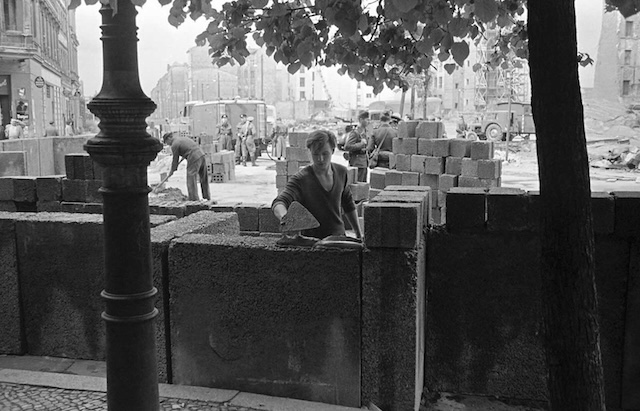
By 1949, the creation of two separate German states—West Germany (Federal Republic of Germany) and East Germany (German Democratic Republic)—solidified the division. The West became a democratic capitalist state, while the East, under Soviet influence, adopted a communist government. The division of Berlin mirrored the separation of the country, with the western part of the city aligning with the capitalist West and the eastern part falling under communist rule.
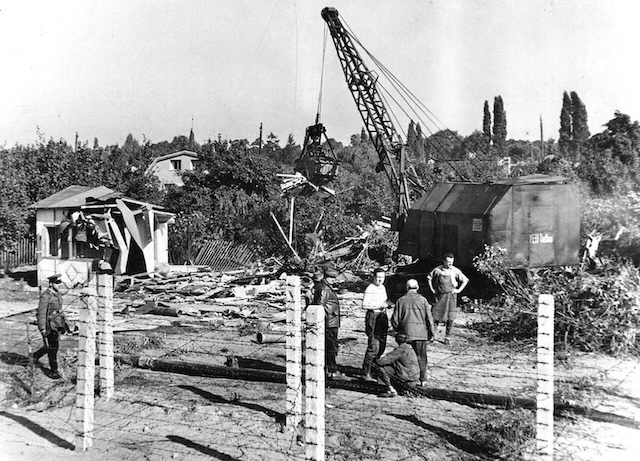
Life Behind the Iron Curtain: East vs. West
In the years following the Berlin Wall’s construction, the differences between life in East and West Germany grew stark. West Germany experienced an economic miracle, with rapid growth and prosperity fueled by a capitalist economy. Citizens enjoyed freedom, consumer goods, and the ability to travel abroad. Meanwhile, East Germany, under the control of the Soviet Union, faced economic stagnation, political repression, and limited freedoms. The Berlin Wall symbolized this stark contrast, physically and ideologically separating the democratic West from the communist East.
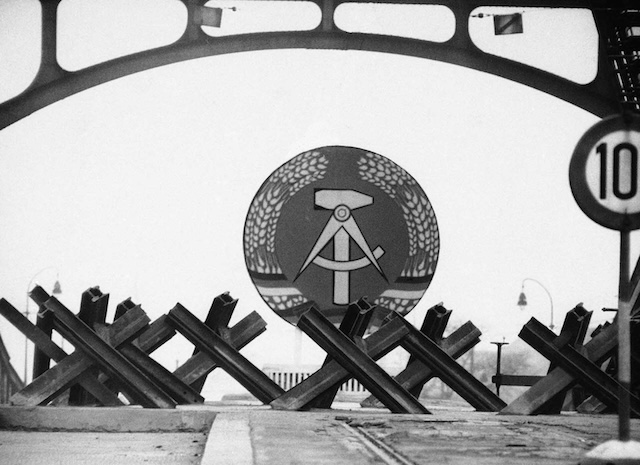
The Berlin Wall: First Steps and Early Defenses
Initially, the Berlin Wall was not a permanent structure. It began as a barbed-wire fence, hastily constructed to halt the flow of refugees crossing into West Berlin. Over the years, the Wall evolved into a formidable concrete barrier, with guard towers, anti-vehicle trenches, and even minefields designed to prevent any escape. At its height, the Berlin Wall stretched 91 miles (155 kilometers), completely surrounding West Berlin, cutting it off from the rest of East Germany.
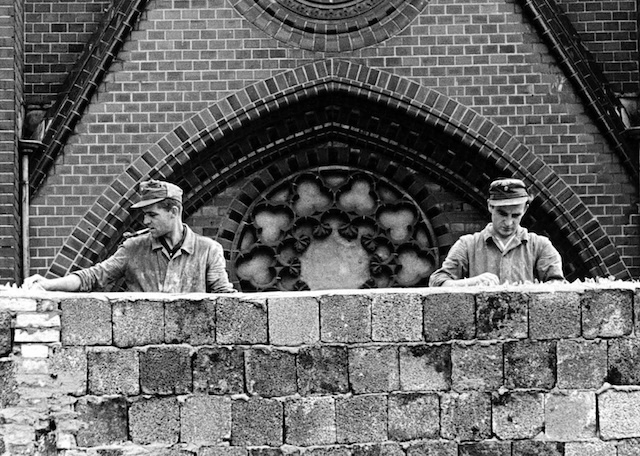
Escape Attempts: The Human Struggle for Freedom
The Berlin Wall did not deter everyone. Throughout its existence, thousands of East Germans risked their lives to escape to the West. Some attempted to climb over the Wall, while others dug tunnels beneath it. The East German government went to great lengths to stop these escape attempts, with soldiers patrolling the Wall and enforcing the “shoot-to-kill” order known as Shiessbefehl. Despite these efforts, between 192 and 239 people are estimated to have died trying to cross the Wall.
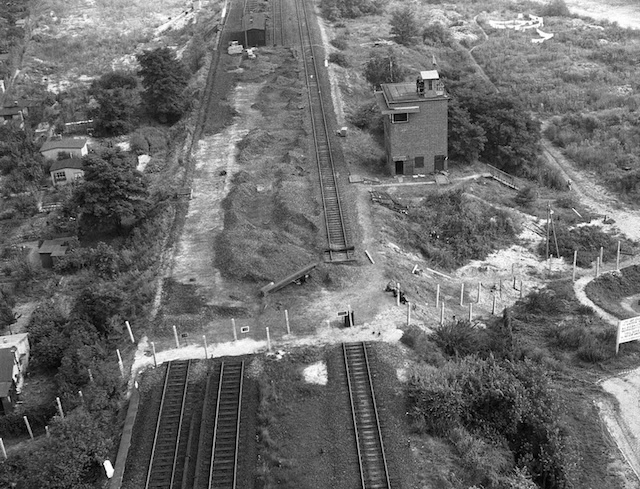
One of the most tragic and infamous escape attempts occurred on August 17, 1962, when 18-year-old Peter Fechter was shot while attempting to scale the Wall. Fechter lay bleeding to death for over 50 minutes in the “No Man’s Land” before being carried away by border guards. His death became a symbol of the brutal realities of the Berlin Wall and the repression faced by East Germans.
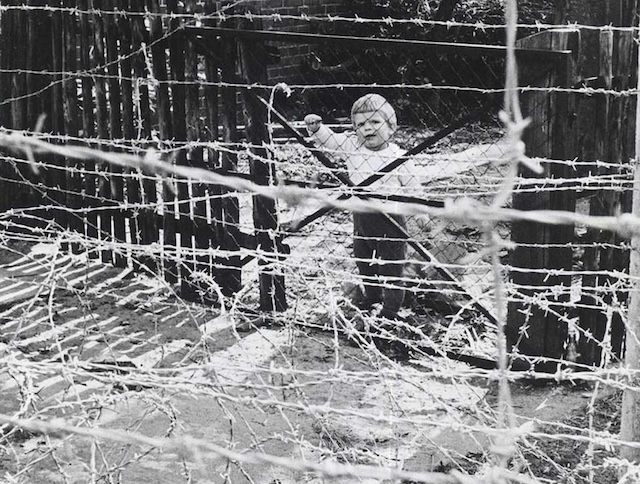
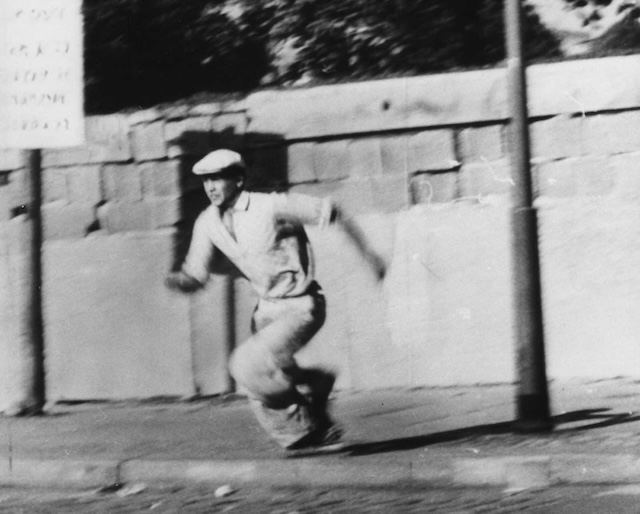
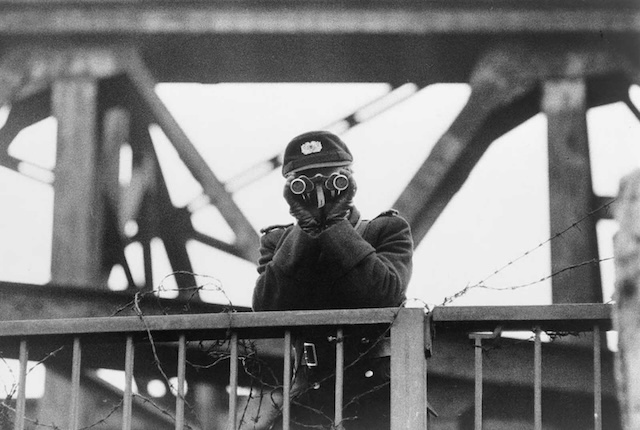
The Wall Evolves: From Barbed Wire to Concrete
The Berlin Wall went through several transformations during its 28-year history. Initially, it was a simple barbed-wire fence, but this was quickly replaced with a more substantial concrete structure. By 1965, the Wall was upgraded to a more permanent concrete barrier supported by steel girders. The most advanced version, completed between 1975 and 1980, stood nearly 12 feet high, with a smooth surface designed to prevent anyone from scaling it.
Despite these measures, people continued to find inventive ways to escape, including hiding in cars, digging tunnels, or even flying over the Wall in homemade hot air balloons.
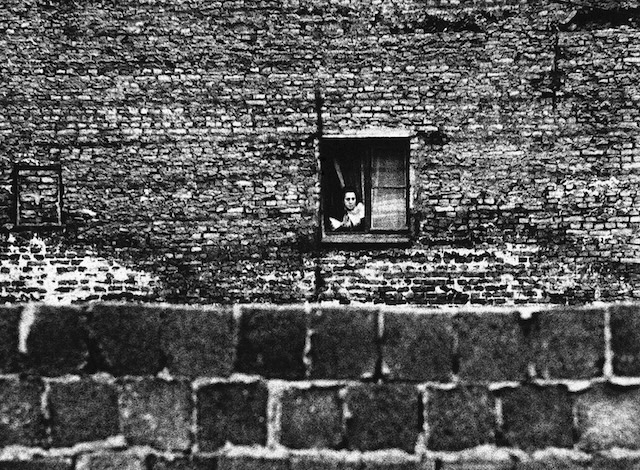
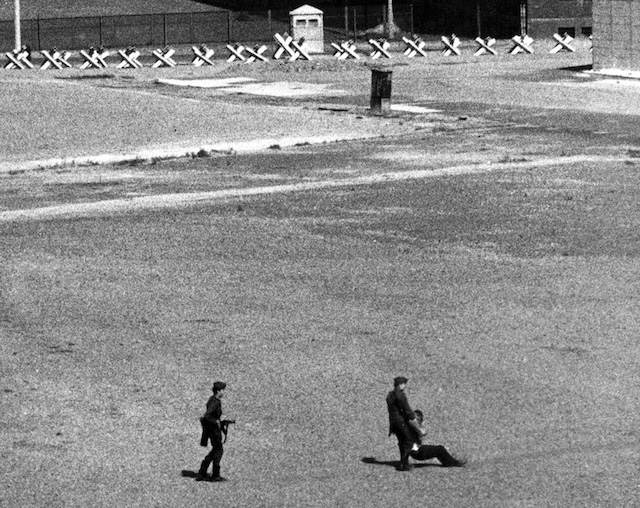
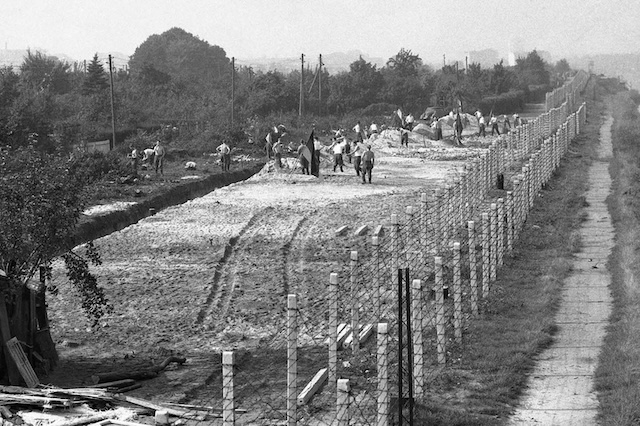

Political Unrest and the Fall of the Berlin Wall
By the late 1980s, the political landscape of Eastern Europe began to shift. The Soviet Union, under the leadership of Mikhail Gorbachev, initiated reforms aimed at reducing the control exerted over Eastern Bloc countries. Protests in Poland, Hungary, and Czechoslovakia called for greater freedom and democratic change. In East Germany, citizens grew increasingly disillusioned with the oppressive regime, leading to mass protests and calls for the opening of the Wall.
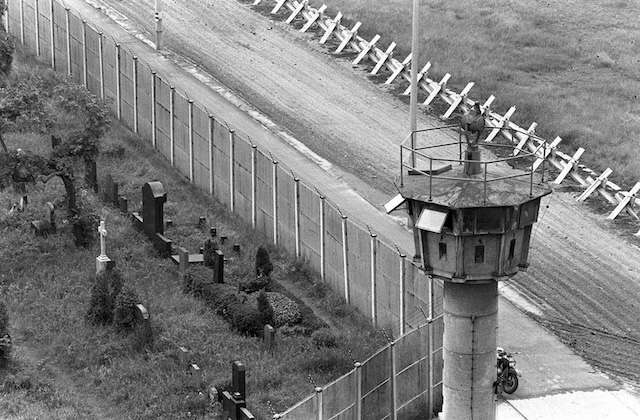
On November 9, 1989, East German government spokesman Günter Schabowski made a historic announcement that the borders were open, triggering a flood of East Germans heading to the Wall. Within hours, the Wall came down. People from both sides celebrated in a massive outpouring of emotion, tearing down the Wall with hammers and chisels, and joyously mingling in the newly opened space between East and West Berlin.
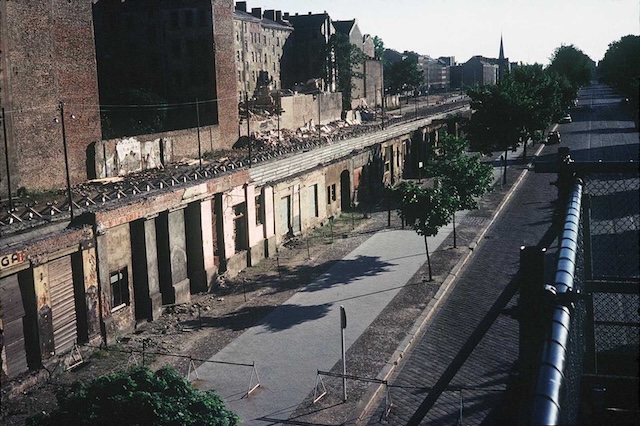
The Aftermath: Reunification and the End of the Cold War
The fall of the Berlin Wall was the beginning of the end for the Cold War. It marked the collapse of communist regimes across Eastern Europe and paved the way for the reunification of Germany. On October 3, 1990, East and West Germany officially reunited into a single nation, erasing the physical and ideological divide that had separated them for decades.
The fall of the Berlin Wall remains a powerful symbol of the triumph of freedom over oppression, and a reminder of the resilience of people yearning for a better future. Today, fragments of the Wall are preserved in museums and memorials, serving as a testament to the enduring legacy of this pivotal moment in history.
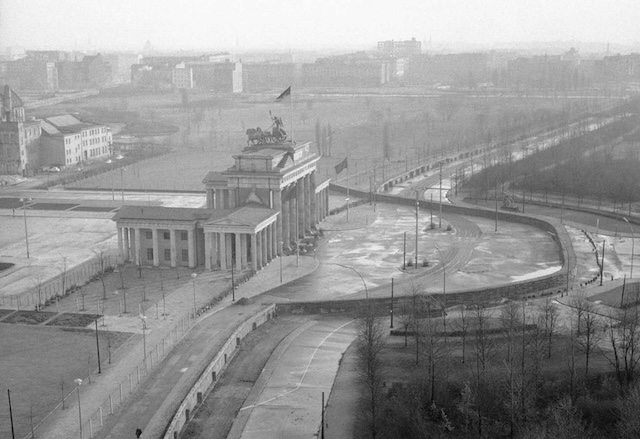
Legacy and Remembrance
The Berlin Wall may be gone, but its memory lives on. Various memorials, including the Berlin Wall Memorial on Bernauer Strasse, preserve the history and stories of those who suffered and fought for their freedom. The remnants of the Wall serve as a constant reminder of the dangers of division and the importance of unity in a world still grappling with the scars of political and ideological conflicts.
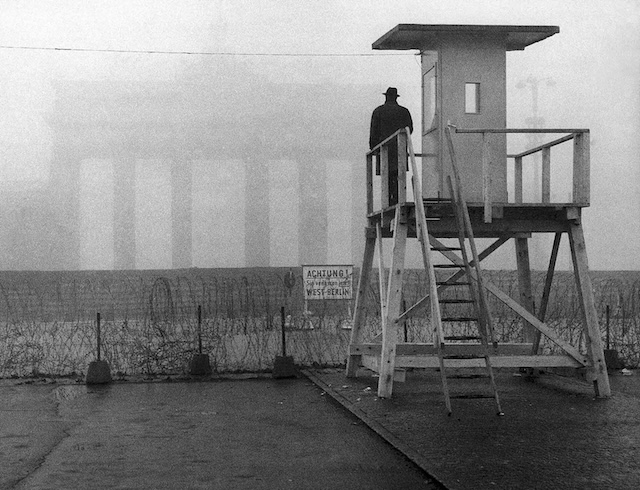
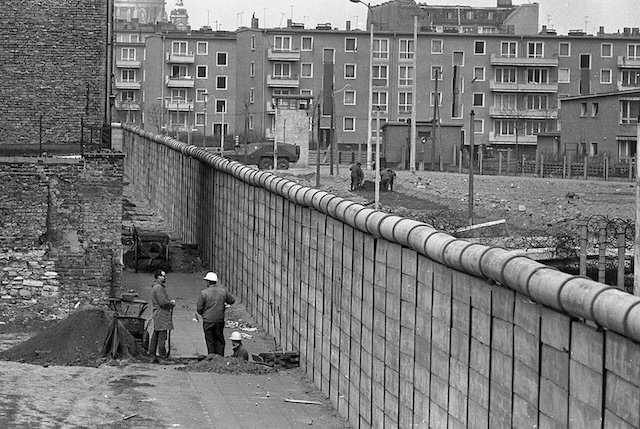
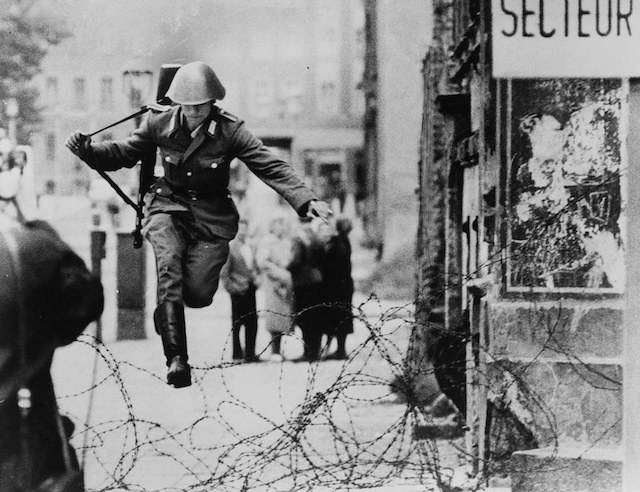
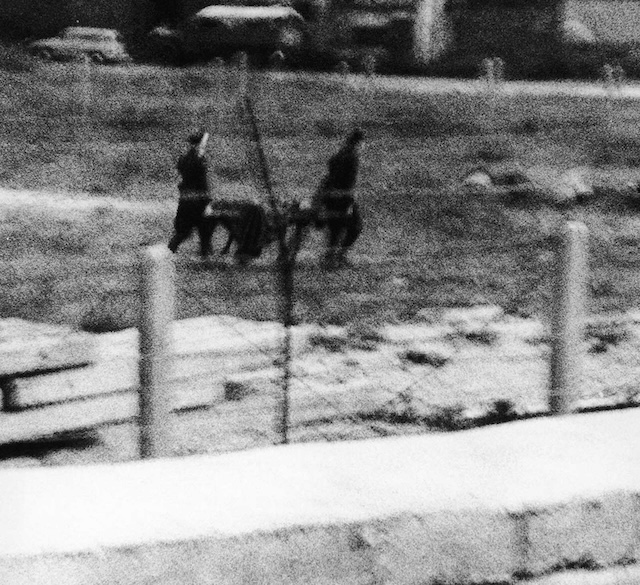

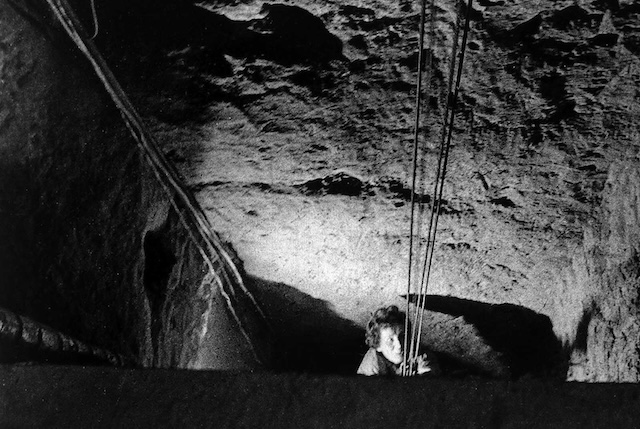
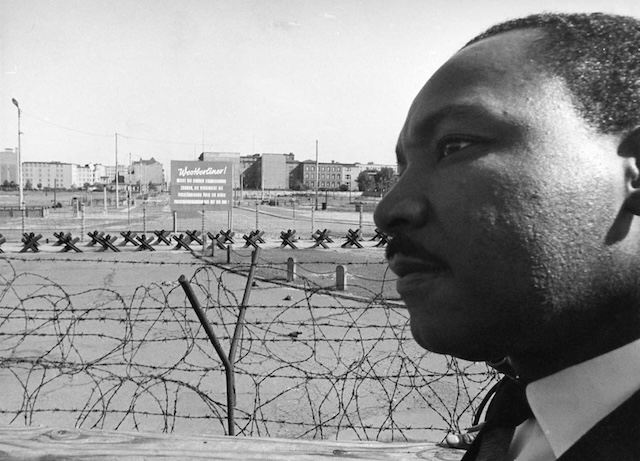
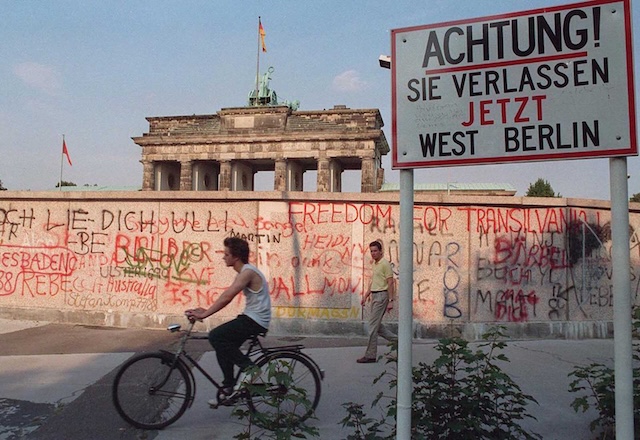
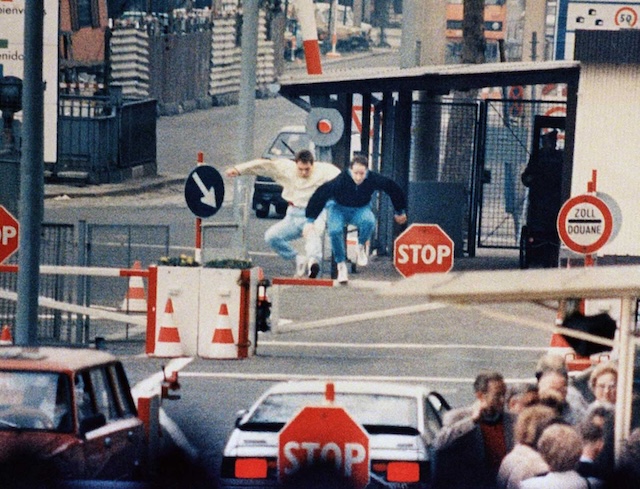
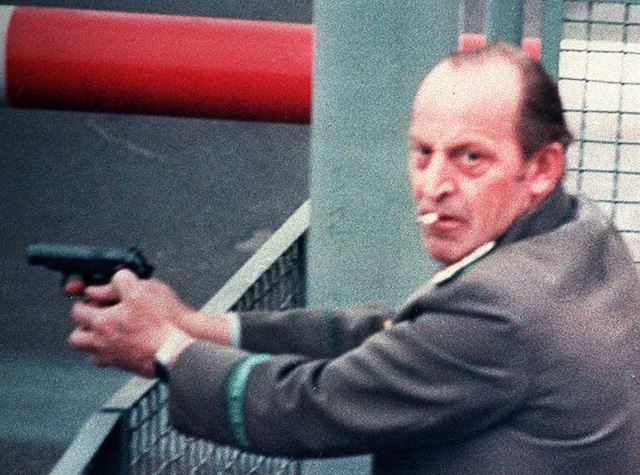
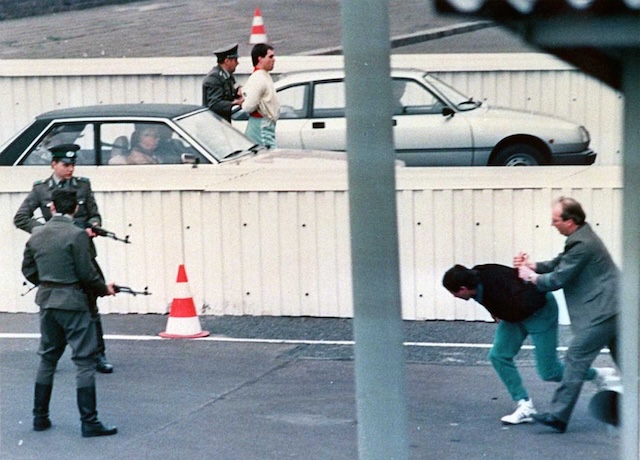
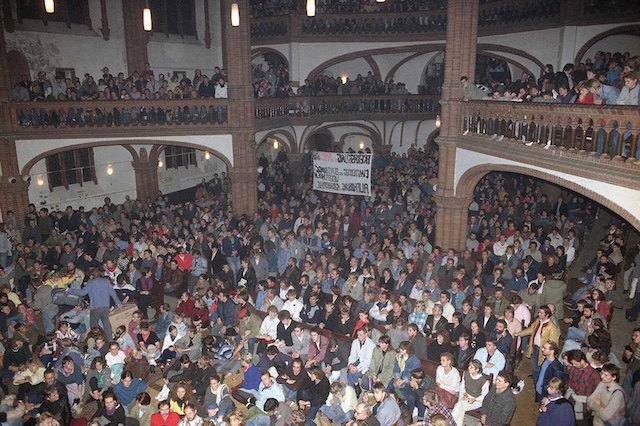
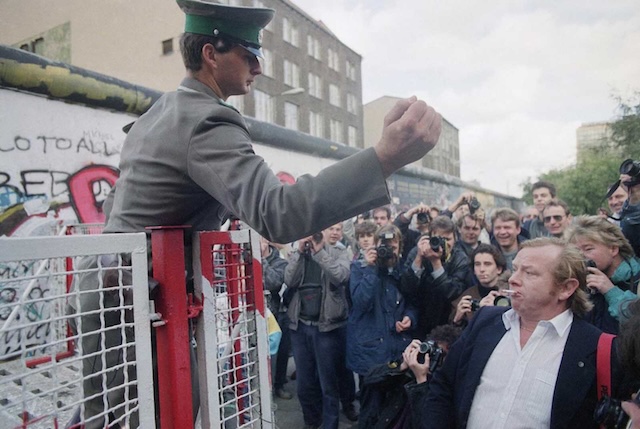
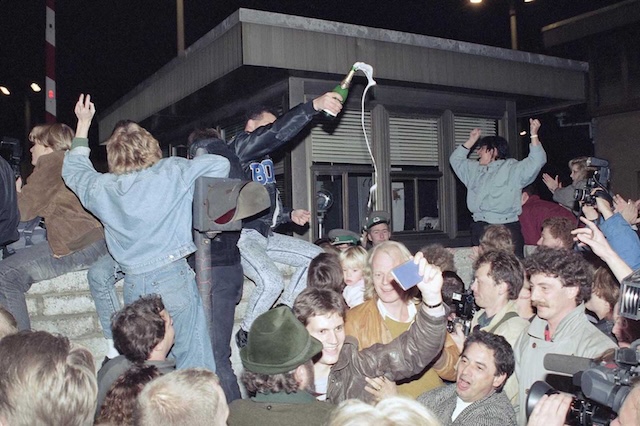
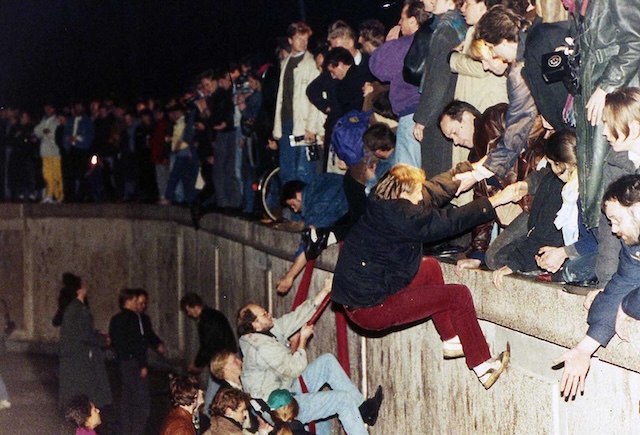

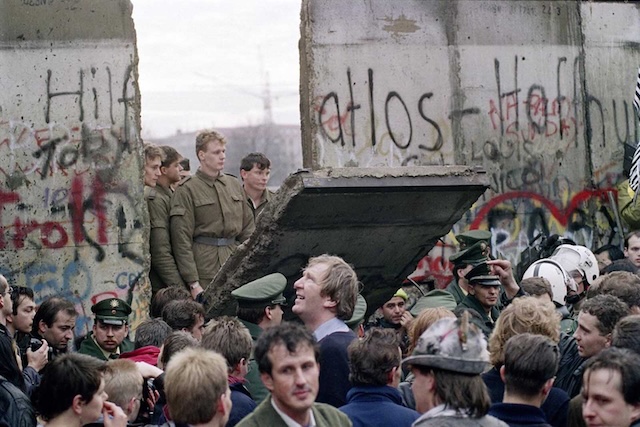


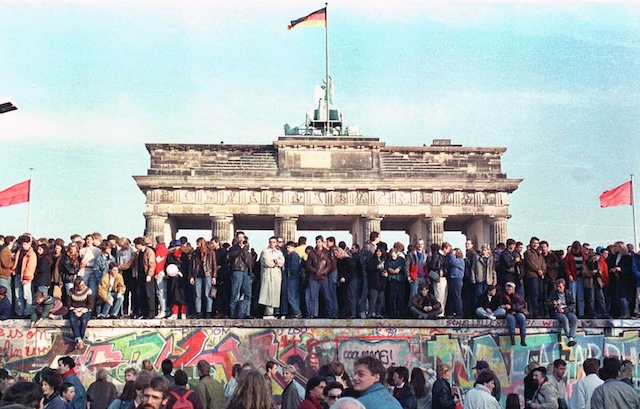
As we reflect on the story of the Berlin Wall, we honor the courage of those who risked everything to escape, the people who tore it down, and the generations that continue to learn from its history. The Berlin Wall was not just a physical barrier—it was a symbol of the profound divisions of its time, and its fall marked the beginning of a new era of hope and possibility.
Video
Watch this video to see how the Berlin Wall functioned and impacted lives, as explained in this DW Documentary!
